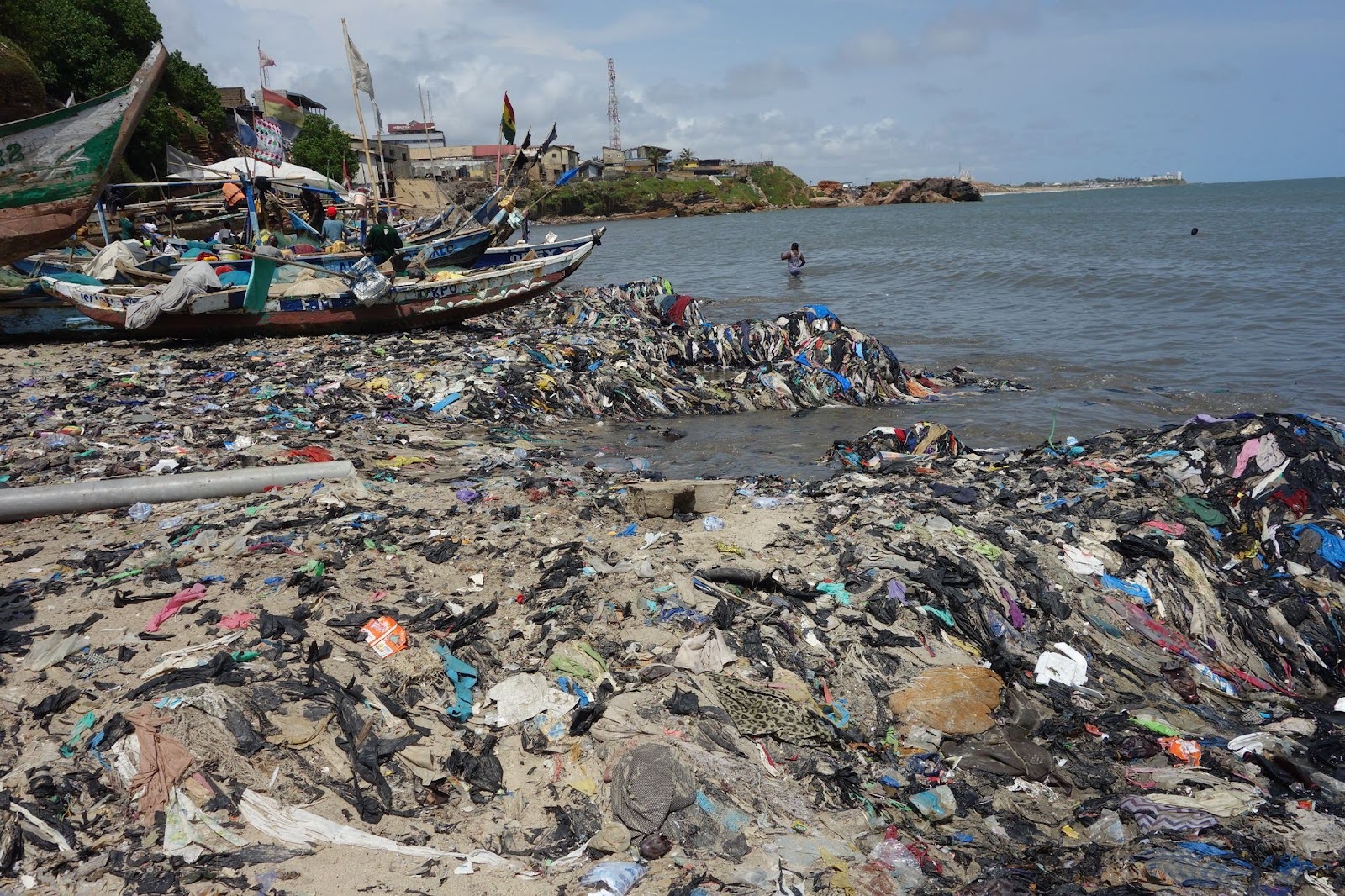Microplastics from Synthetic Fabrics and Clothing: Understanding the Hidden Dangers
Microplastics from Synthetic Fabrics and Clothing: Understanding the Hidden Dangers
Synthetic fabrics like polyester, nylon, acrylic, and spandex are popular choices in the fashion industry due to their affordability, durability, and versatility. However, these materials come with a hidden cost: they release microplastics into the environment. Every time synthetic clothing is washed or worn, tiny plastic particles are shed, contaminating both water and air. In this blog post, we’ll explore the risks associated with synthetic fabrics and how to make more sustainable choices.
How Do Synthetic Fabrics Release Microplastics?
Synthetic fabrics are made from plastic-based fibers, which degrade and release microplastics over time. Here’s how it happens:
- During Washing: Washing machines agitate fabrics, breaking down fibers and releasing microplastics into wastewater.
- During Wear and Tear: Friction from movement causes fibers to break off and become airborne.
- Degradation Over Time: Old or heavily used garments shed more particles.
Health Risks Associated with Microplastics from Clothing
Microplastics released from synthetic clothing pose various health risks, including:
1. Respiratory Problems
- Inhalation of Airborne Fibers: Tiny particles can become airborne, leading to inhalation during regular wear.
- Lung Irritation: Inhaled microplastics can cause inflammation and respiratory issues.
- Chronic Respiratory Conditions: Long-term exposure may increase the risk of asthma and bronchitis.
2. Digestive and Endocrine Disruption
- Ingestion of Contaminated Food and Water: Microplastics released during washing can enter waterways and food chains.
- Hormonal Imbalance: Chemicals like BPA and phthalates from synthetic fibers may disrupt hormonal regulation.
- Digestive Irritation: Ingested particles may cause gastrointestinal inflammation.
3. Environmental Impact
- Water Pollution: Washing synthetic clothes releases thousands of microfibers into water systems.
- Airborne Pollution: Airborne fibers contribute to indoor and outdoor microplastic pollution.
- Wildlife Contamination: Aquatic life and soil organisms ingest microplastics, leading to ecosystem imbalances.
Safer and More Sustainable Alternatives
Opting for natural and eco-friendly fabrics can significantly reduce microplastic pollution. Here are some recommended materials:
1. Organic Cotton
- Benefits: Biodegradable, breathable, and durable.
- Usage: Ideal for everyday wear and bedding.
2. Hemp
- Benefits: Naturally resistant to pests, requiring fewer pesticides.
- Usage: Great for sustainable fashion and accessories.
3. Bamboo Fabric
- Benefits: Soft, durable, and eco-friendly when processed naturally.
- Usage: Activewear and loungewear.
4. Wool
- Benefits: Biodegradable and excellent for insulation.
- Usage: Winter clothing and knitwear.
Tips to Minimize Microplastic Shedding from Clothing
Even if you already own synthetic clothing, you can take steps to reduce microfiber pollution:
- Use a Microfiber Filter: Install a washing machine filter to catch microplastics during laundering.
- Wash with Cold Water: Reduces fiber breakage compared to hot water.
- Wash Less Frequently: Launder only when necessary to limit shedding.
- Avoid Fabric Softeners: They can weaken fibers and increase shedding.
- Choose Quality Over Quantity: Invest in durable clothing that lasts longer and sheds less.
Final Thoughts
Synthetic fabrics may be affordable and convenient, but they come with a high environmental and health cost. By choosing natural fibers and adopting mindful washing practices, we can significantly reduce the release of microplastics. Let’s make sustainable fashion choices to protect our health and the planet.
Amazon best seller






Comments